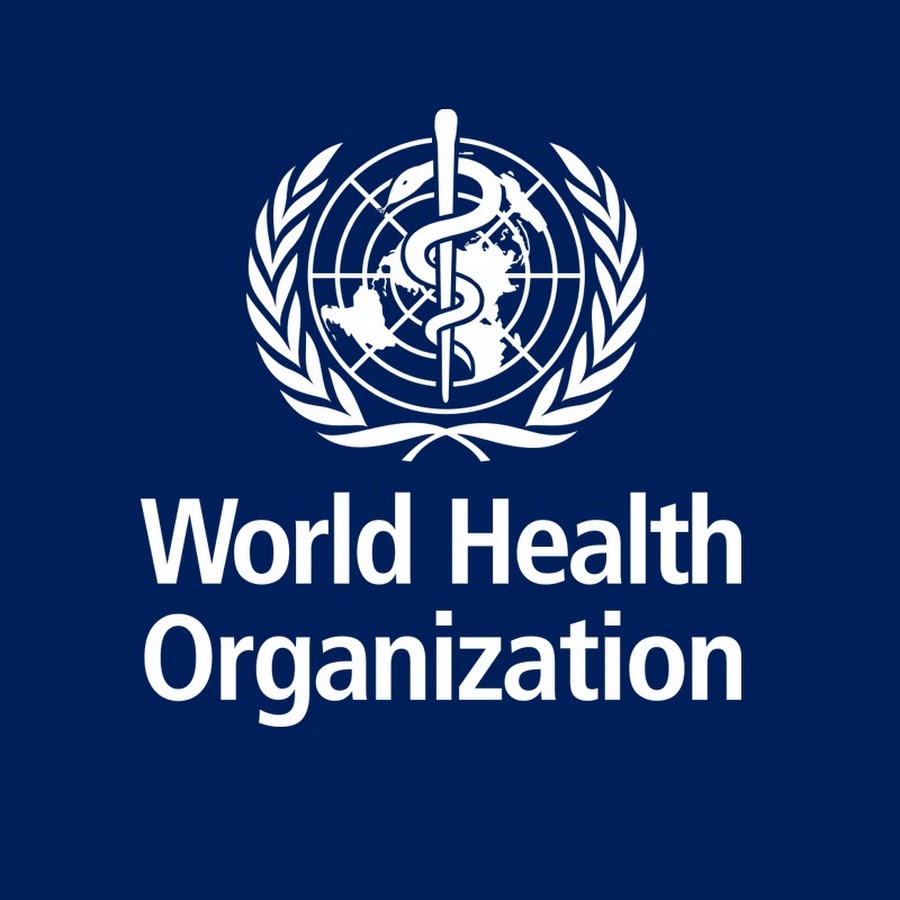A growing body of research has raised concerns about a potential association between semaglutide use and the risk of developing non-arteritic anterior ischemic optic neuropathy (NAION) a condition that can lead to sudden, painless vision loss due to damage to the optic nerve.
What Is Semaglutide?
Semaglutide is a glucagon-like peptide-1 (GLP-1) receptor agonist commonly prescribed to manage type 2 diabetes and obesity. It has gained popularity for its effectiveness in blood sugar control and weight management. However, recent clinical observations suggest a need to evaluate its long-term effects on ocular health.
Understanding NAION and Its Risks
NAION is the most common acute optic neuropathy in adults over 50. It occurs when blood flow to the optic nerve is disrupted, leading to vision loss, typically in one eye. Risk factors include:
- Diabetes
- Hypertension
- Sleep apnea
- Cardiovascular disease
- Certain medications that affect vascular circulation
Possible Link Between Semaglutide and NAION
Although causation has not been definitively proven, preliminary findings suggest that patients using semaglutide may face a slightly elevated risk of NAION. This association could be due to semaglutide’s effects on vascular regulation and blood flow, especially in individuals with pre-existing risk factors.
What Patients Should Watch For
Patients taking semaglutide should be aware of symptoms that could indicate optic nerve issues, including:
- Sudden vision loss in one eye
- Visual field defects
- Blurred or dim vision
- Difficulty seeing in low-light conditions
If any of these symptoms occur, immediate consultation with an ophthalmologist is crucial.
Recommendations for Patients and Healthcare Providers
Healthcare professionals are encouraged to:
- Monitor visual symptoms in patients using semaglutide
- Assess individual risk factors for NAION prior to prescribing
- Educate patients about potential signs of optic nerve damage
Patients should not discontinue medication without medical guidance but should engage in regular eye checkups, especially if they have existing risk factors.
Conclusion
While semaglutide offers substantial benefits in diabetes and weight management, awareness of its potential risks including a possible link to NAION is essential for informed decision-making. Further research is ongoing, and patients are urged to work closely with their healthcare providers to ensure safe and effective treatment.



Comments (0)
No comments yet. Be the first to comment!
Leave a Comment